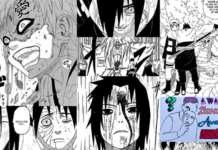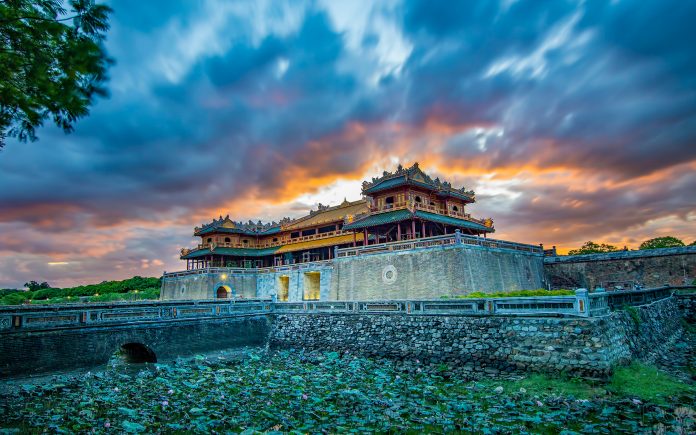
As we drove from Hoi An to Hue, Vietnam, we stopped on the beaches of Da Nang before crossing the Dragon Bridge and driving through the scenic Ocean Cloud Pass on Hai Van Mountain. The mountains mark the geological boundary between North and South Vietnam. French and American bunkers, reminders of the Vietnam War, are still scattered across the landscape.
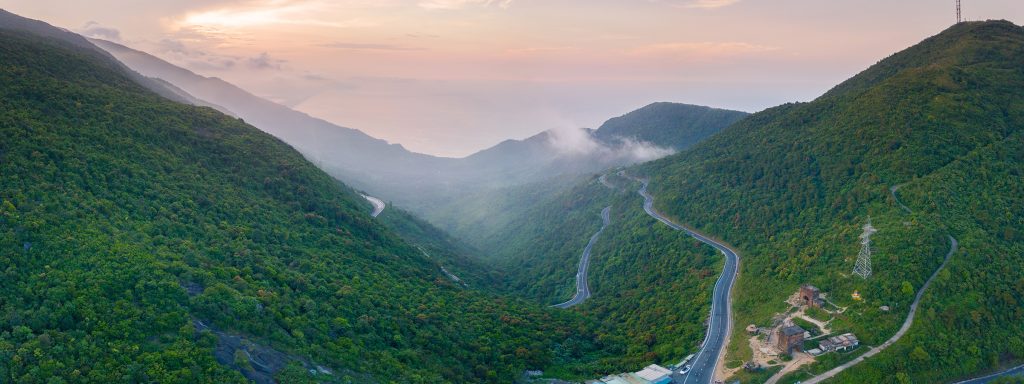
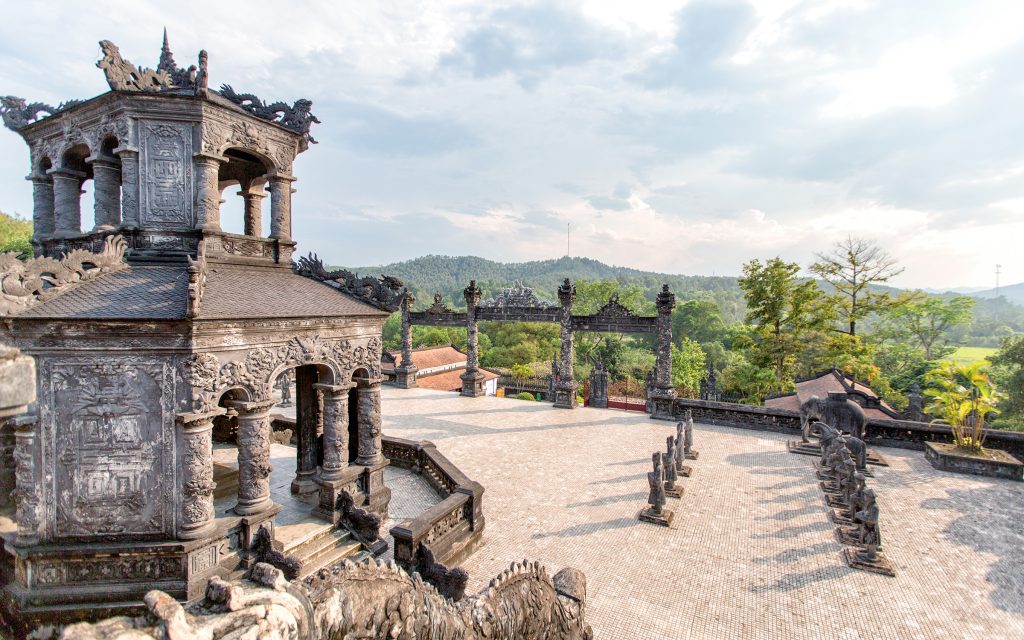 One of the highlights of our trip was our next stop, approximately 5.5 miles south of Hue. There is the Tomb of Khai Dinh who served as Emperor from 1916 to 1925. In addition to palaces and other buildings, Khai Dinh began construction of his own burial site. He took care to choose the site in Vietnam with the best Feng Shui, on the Chau Chau Mountain and facing the Perfume River. Khai Dinh showed his love of Western architecture by including a blend of architectural types including European, Vietnamese, Roman, and Gothic. The site, which contains other tombs, was one of the most beautiful and reverent sites we visited. After our visit, we continued to Hue where we ended our day by watching the lights on the Trang Tien Bridge which changed colors every few minutes.
One of the highlights of our trip was our next stop, approximately 5.5 miles south of Hue. There is the Tomb of Khai Dinh who served as Emperor from 1916 to 1925. In addition to palaces and other buildings, Khai Dinh began construction of his own burial site. He took care to choose the site in Vietnam with the best Feng Shui, on the Chau Chau Mountain and facing the Perfume River. Khai Dinh showed his love of Western architecture by including a blend of architectural types including European, Vietnamese, Roman, and Gothic. The site, which contains other tombs, was one of the most beautiful and reverent sites we visited. After our visit, we continued to Hue where we ended our day by watching the lights on the Trang Tien Bridge which changed colors every few minutes.
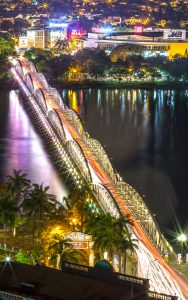 Hue is also the site of the Hue Imperial Palace, a huge complex surrounded by a moat. The complex was the original capital of Vietnam. Unfortunately, the complex has been severely damaged through the years with only 10 of the original 160 still standing. Parts are being restored for tourism. A section of the complex was known as “The Forbidden Purple City,” and was reserved for special individuals, much like China’s “Forbidden City.” We left the palace via tuk-tuks pedaled by strong gentleman.
Hue is also the site of the Hue Imperial Palace, a huge complex surrounded by a moat. The complex was the original capital of Vietnam. Unfortunately, the complex has been severely damaged through the years with only 10 of the original 160 still standing. Parts are being restored for tourism. A section of the complex was known as “The Forbidden Purple City,” and was reserved for special individuals, much like China’s “Forbidden City.” We left the palace via tuk-tuks pedaled by strong gentleman.
Our next stop was the Thien Mu Pagoda which, along with the Citadel in the Hue Imperial Palace, is an icon of Vietnam. The seven-story pagoda overlooks the Perfume River and is still maintained by the Buddhist monks who live and worship here.
Our tour group completed our stay in Hue with a traditional dinner. Even though the event was definitely touristy–we dressed in traditional costumes–but we enjoyed learning what Vietnamese royalty had experienced with ten beautifully prepared courses accompanied by music played on traditional instruments.
Hue allowed us to step back in time to see what imperial life had been like from 1802 until 1945. The beautiful modern construction, such as the Trang Tien Bridge, and the historical buildings, such as the Hue Imperial Palace, blend to show glimpses of the country’s past and future.
Have you been to Hue? If so, what was your favorite part?
– Candace Ahlfinger has loved traveling since she was little and has always been on the go whenever possible. Now she is retired and gets to do what she loves best… TRAVEL! Whether it’s traveling with her wonderful husband, or our children and grandchildren, traveling is a great experience that enriches her life. Because she always enjoys reading and hearing about others’ travel experiences, she wants to share her travels with the Ellis DownHome readers.






